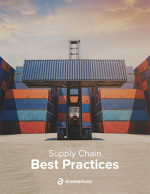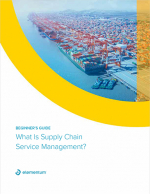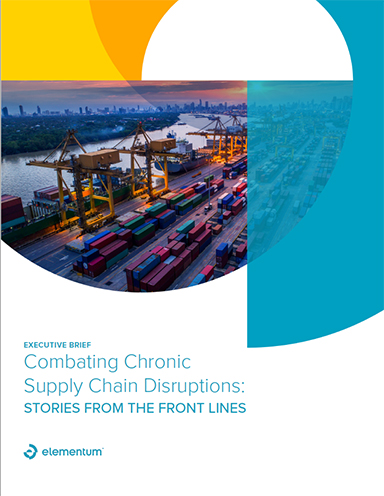Combating Chronic Supply Chain Disruptions: Stories from the Front Lines
In this executive brief, we describe why businesses need to evaluate the weaknesses in their supply chains and put in place strategies that will not only help them survive in the short term but also thrive in the long term.
Chronic Disruption
Chronic disruption is likely plaguing your supply chain in more ways than you might realize.
The Association for Supply Chain Management (ASCM) defines Chronic Disruption as the low-to-moderate disruption that features one or more of the following:
- is persistent
- is difficult to permanently eradicate and routine tactical solutions are ineffective
- has root causes that are not always visible to all supply chain stakeholders
- that is abnormal but becomes tolerated over time
In their report titled “Uncovering Chronic Disruption in Supply Chain and Operations Management”, the ASCM goes on to share that:
“Variable demand, forecast, and logistical errors are common causes of chronic disruption. An acute disruption, such as an earthquake [or pandemic], can trigger later chronic disruption, where no chronic disruption existed previously.”
The COVID-19 pandemic is certainly not the first crisis supply chain organizations have faced, but it is one of the few times when multiple places have fractured across the supply chain, leading to disruptions on every front. As a supply chain leader, you are likely to hear a high degree of fatigue from your teams. They are wary of the seemingly never-ending game of whack-a-mole they find themselves caught in while juggling the extra challenge of working remotely.
One senior supply chain executive at a Fortune 500 life science manufacturer summed it up best:
“It has been really hard for teams to have a complete picture of how to prioritize issues & what to focus on while sitting in their spare bedrooms.”
Moving forward, as you consider what operational excellence looks like in the face of sustained chronic disruption, there is an opportunity to make strong investments that eliminate the inevitable chaos of running complex operations with over-reliance on emails, spreadsheets, and manual processes.
Making the right bets now can ensure that you and your teams not only survive in the short term but lay a strategic foundation to thrive in the long term.
What’s Related




Favorites





